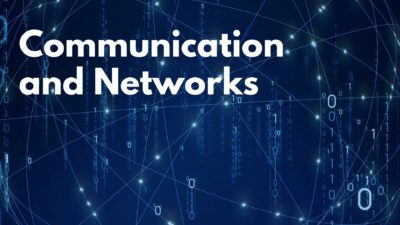Researchers at NIST have developed a new quantum logic gate that could revolutionize quantum computing. The gate, which uses individual ions as quantum bits (qubits), allows for the processing of multiple possibilities simultaneously, unlike traditional logic gates.
The key innovation is the ability to entangle the ion’s internal energy state with its overall motion, creating a superposition of 0 and 1 states. This allows the gate to consider both possibilities of a business deal at the same time, demonstrating the potential for massive parallel processing in quantum computers.
The power of quantum computation comes from the ability to perform many calculations simultaneously in superposition, but the measurement at the end of the computation can only extract a limited amount of information. Researchers are working on designing measurements that extract useful global information about the results of all computations done in superposition.
The new quantum logic gate represents a basic building block for quantum computers, and scaling up to more qubits could lead to exponential increases in processing power. The technology has the potential to solve complex problems that are currently intractable for classical computers, such as factoring large numbers and searching large databases.
Source: https://www.nist.gov/physics/introduction-new-quantum-revolution/quantum-logic-gates
Keywords: Quantum, qubit, computation, superposition, measurement, wave-particle duality, interference, entanglement, quantum logic gate, quantum computer




